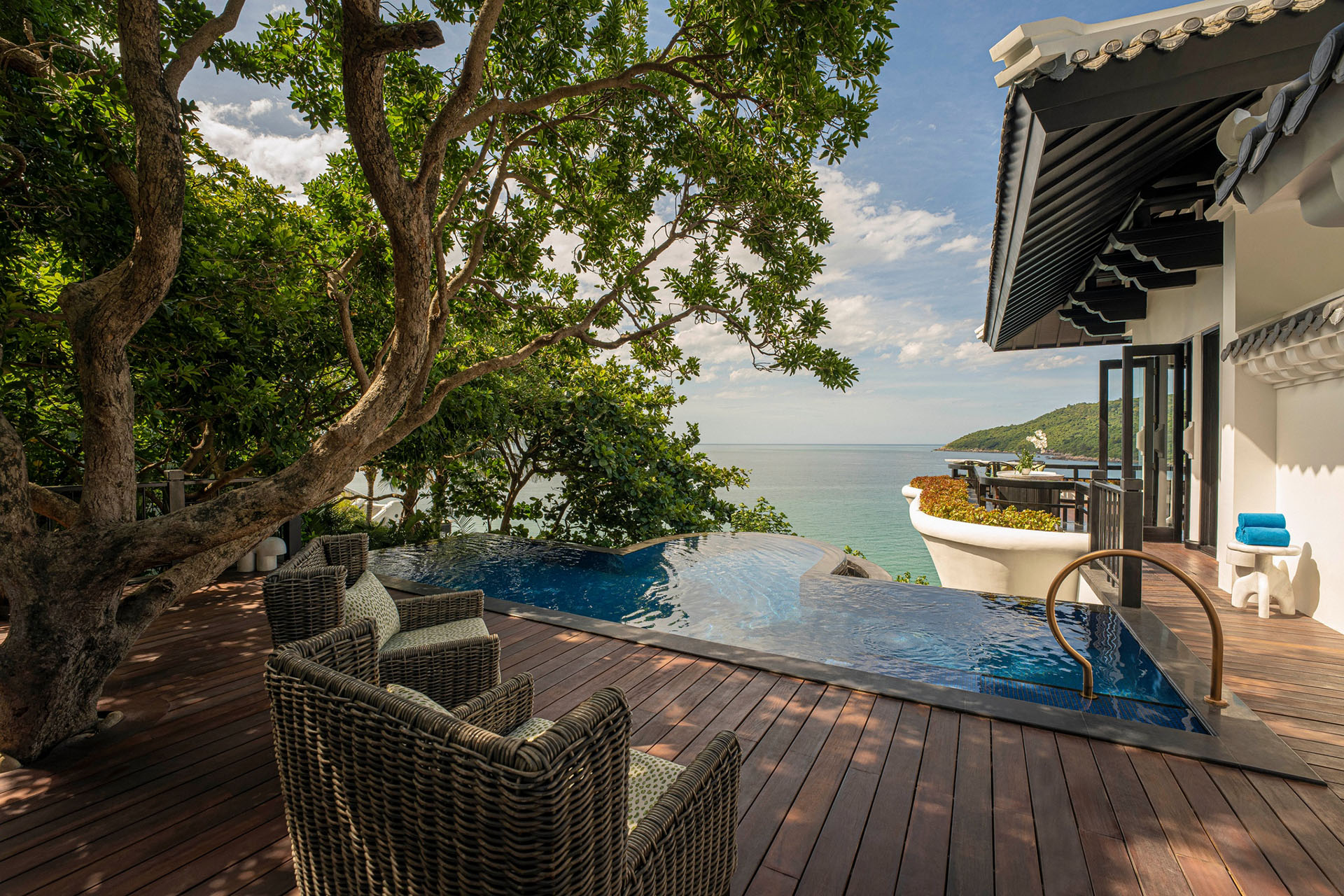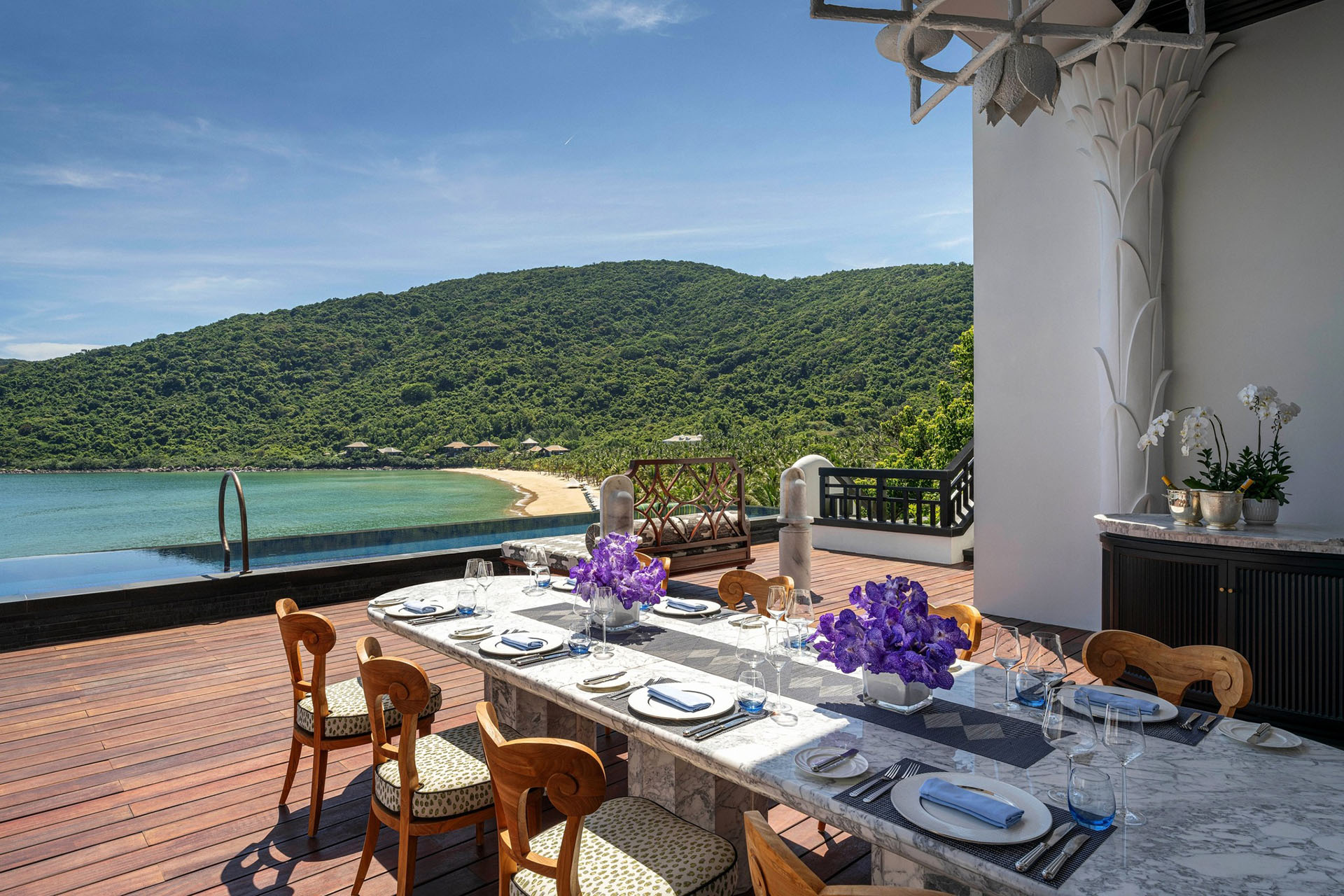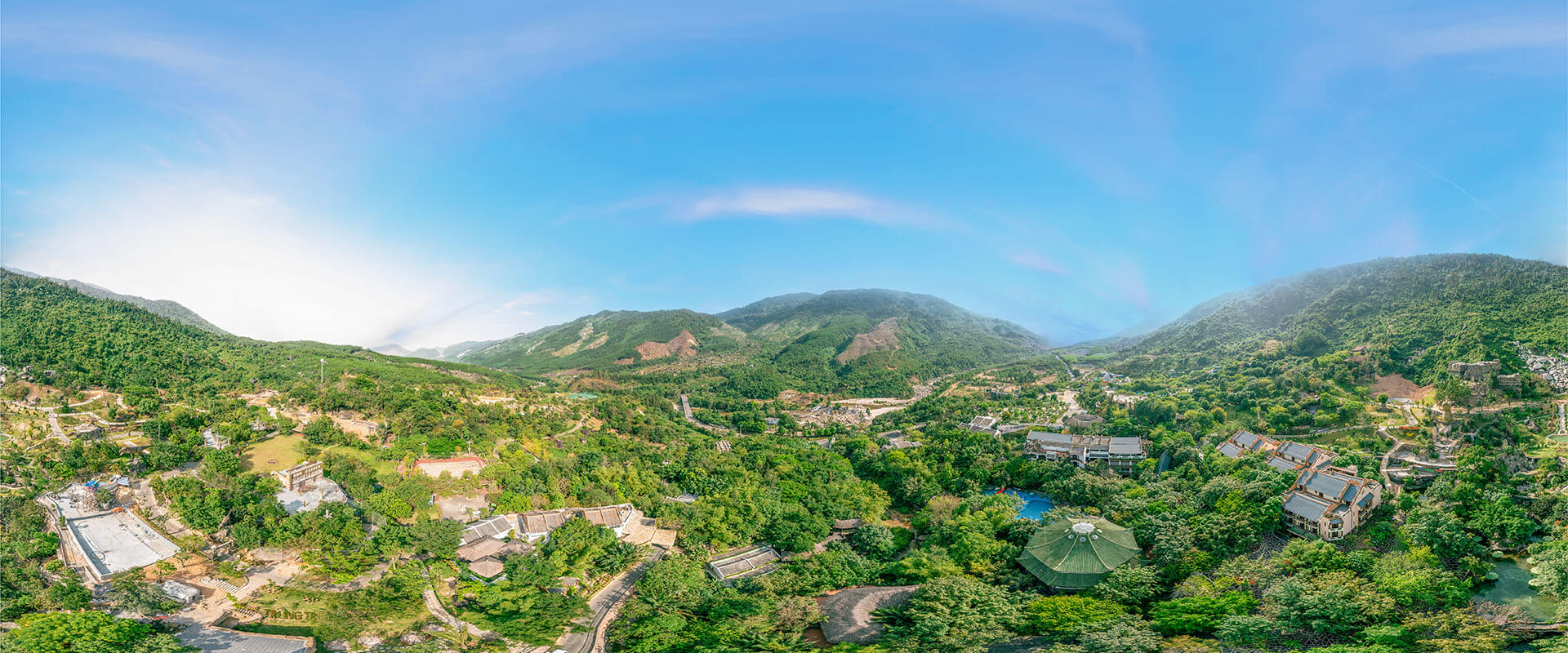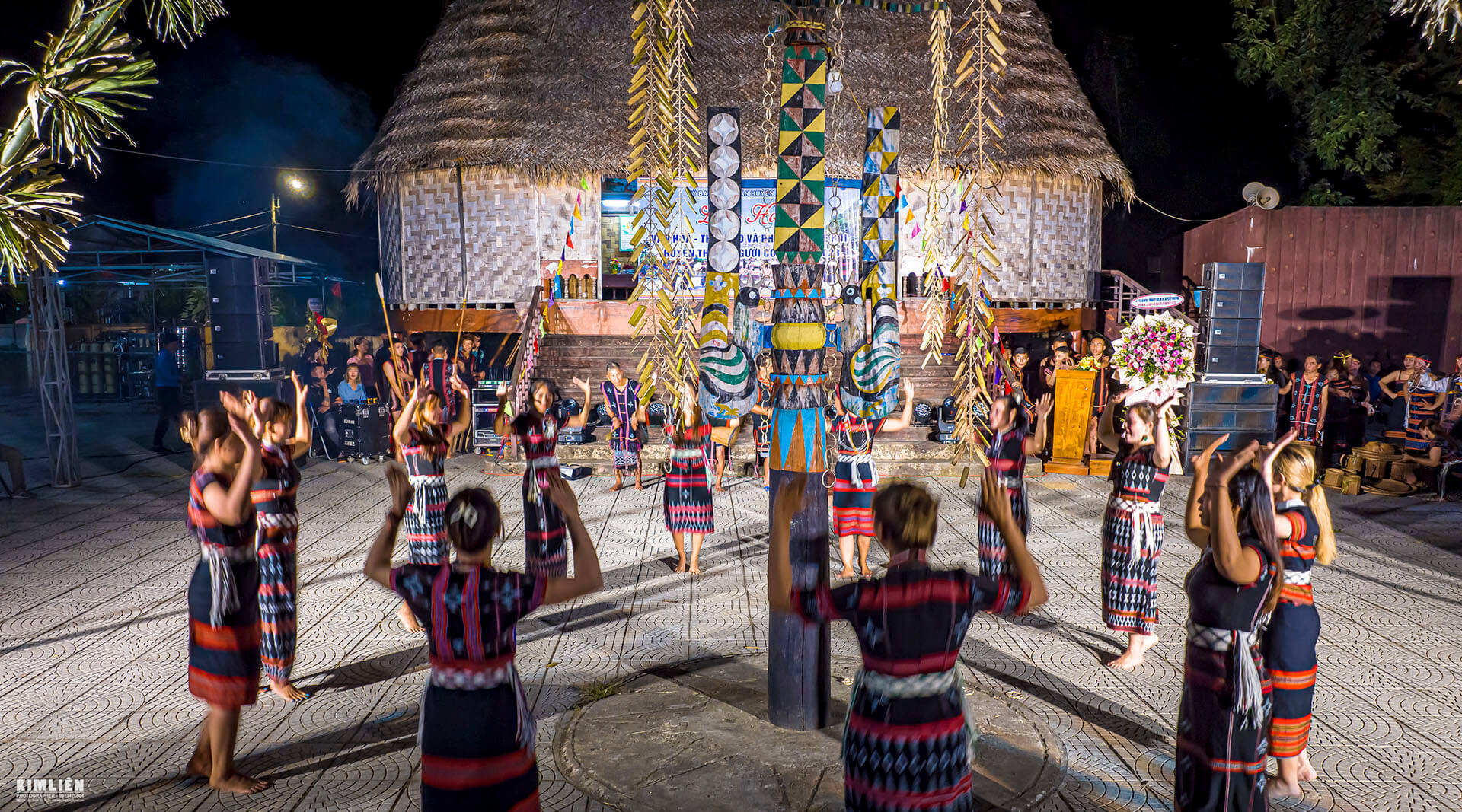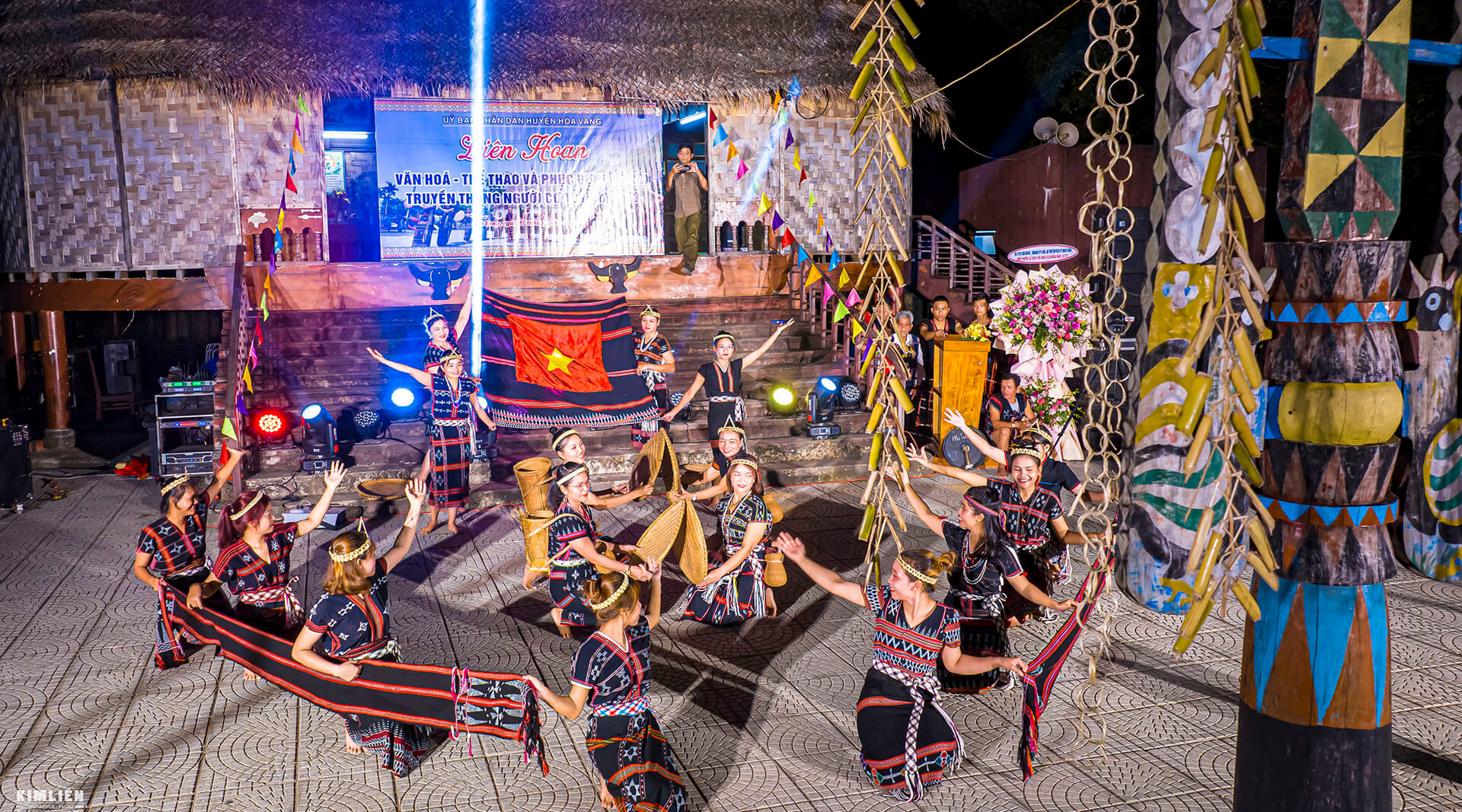According to the master plan for the development of central Da Nang City in the period of 2021-2030 and vision to 2050, approved by Prime Ministerial Decision No. 1287/QD-TTg on November 2, tourism is identified as one of three critical economic sectors: “Tourism is associated with resort real estate, international event centers and associated with cultural factors, creating uniqueness, and differentiation, and adding value to it as a main pillar”.
As per the outlined plan, Da Nang has established seven critical objectives to develop three distinct categories of tourism products: typical, leading, and supporting. The city’s strategic planning aims to position Da Nang as one of the country’s most prominent centers for tourism, transportation, and logistics by 2030, capitalizing on its internal strengths and geographical location advantages. The plan envisions Da Nang as a logistics center and gateway for transport by road, sea, and air with neighboring localities, countries on the East-West economic corridor, the ASEAN region, and other international destinations of significance.
Regarding the development of key industries and sectors, the primary focus will be on advancing tourism as a leading economic sector. Da Nang will be transformed into a center for high-quality tourism and services and a hub for high-class, eco-friendly marine and eco-tourism resorts, international conferences, festivals, and events. Tourism development will be approached with innovative and creative thinking, focusing on technology applications and a connection to nature, traditional culture, and history. Additionally, emphasis will be placed on producing high-quality products and services of all types, prioritizing the development of high-end and ultra-luxury product/service lines.
The city is developing functional areas, including tourist attractions, to enhance the visitor experience. The city’s plans encompass the following objectives:

- The development of a range of tourist accommodations tailored to each tourist space’s specific characteristics. The city is committed to creating high-class tourist accommodation establishments and cruise ships with creative, unique, and environmentally friendly designs.

- The transformation of Son Tra and Southern Son Tra Peninsula Tourist Area, Ba Na – Suoi Mo Tourist Urban Area (Ba Na Mountain Foothill Area) into a world-class tourist destination. The city also intends to develop cultural and historical tourist spots, modern and unique zones, attractions, entertainment tourism, and creative tourist attractions. Infrastructure planning for sightseeing and sea tourism routes on international maritime routes linked to Hoang Sa Island as a tourist attraction is also in the works.
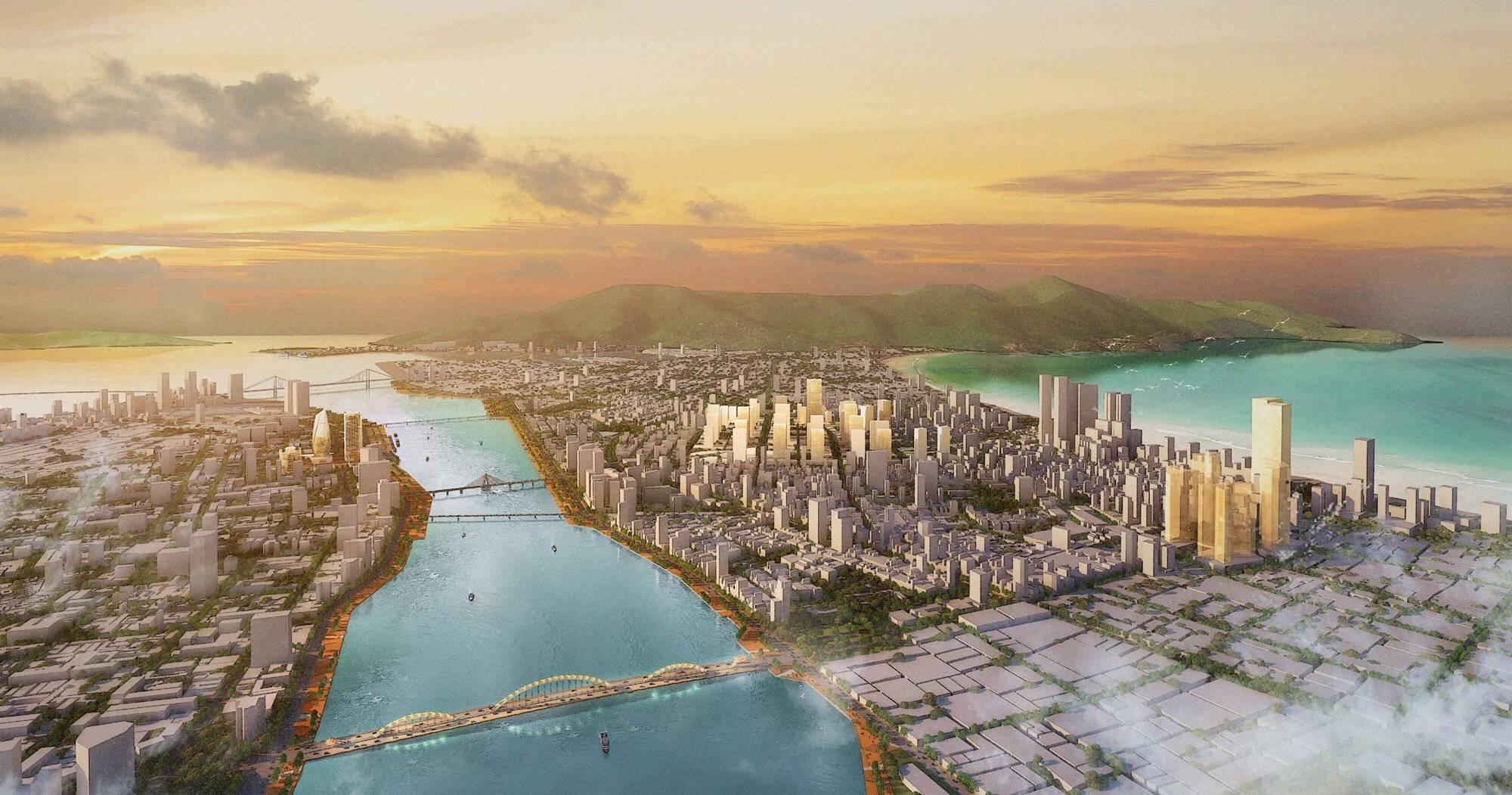
- Completing infrastructure development to make the downtown areas attractive tourist destinations. The city will invest in inland waterway tourism and public parks along the Han and Co Co rivers to exploit the rivers’ tourism products.

- The development of community and ecological tourism models in the mountainous areas of the Hoa Vang district and the Luong stream area of the Lien Chieu district, with a focus on preserving the natural environment and promoting sustainable tourism practices.
Da Nang has decided to focus on 21 tourism projects it plans to implement from 2023 to 2030, with a vision of 2050. These projects will be spread evenly across districts in the city and include the River of Lights and Inland Waterway Wharf Complex Project, the Bach Dang – Nguyen Van Troi – Tran Hung Dao walking route, a Night-time service area that combines commercial services with underground parking, a Night-time service area at the boundary area of 4 streets: Binh Minh 4 – Binh Minh 10 – Bach Dang – 2/9, a Separate night-time economic complex, an International Food Village, tourist areas such as Luong stream, Chim Chim hill ecological park, Hai Van pass route, Man Thai – Tho Quang community tourist area, a Cultural and historical theme park in Hoa Vang district, and some other projects.
By investing synchronously in infrastructure, implementing preferential policies, promoting innovation and diversification of tourism products and services, enhancing service quality, building a professional workforce, and expanding the scale of the international market, Da Nang’s tourism industry can become more attractive and competitive. The city can attract and retain tourists and significantly impact the regional and global tourism map./.
Lê Ni
